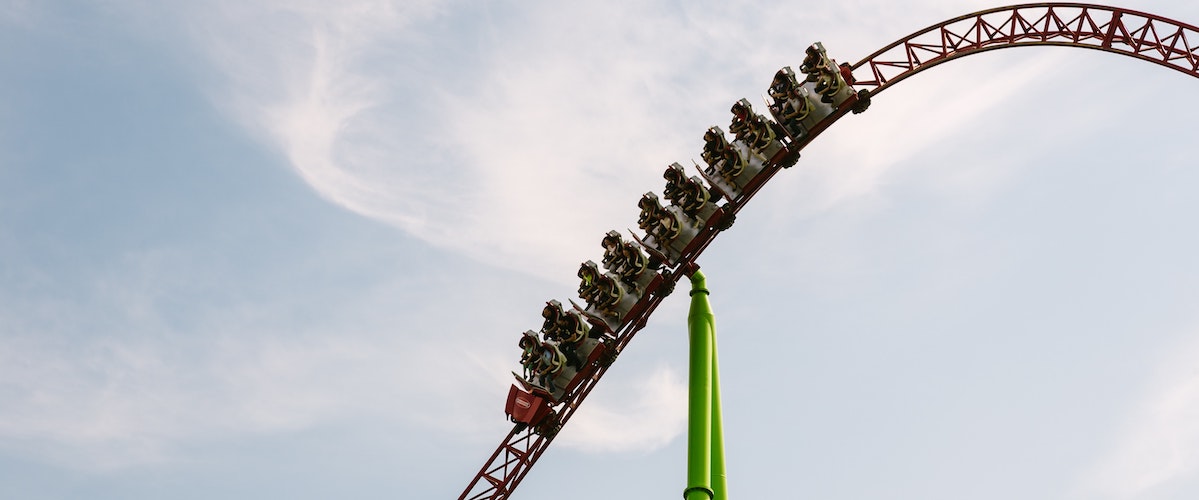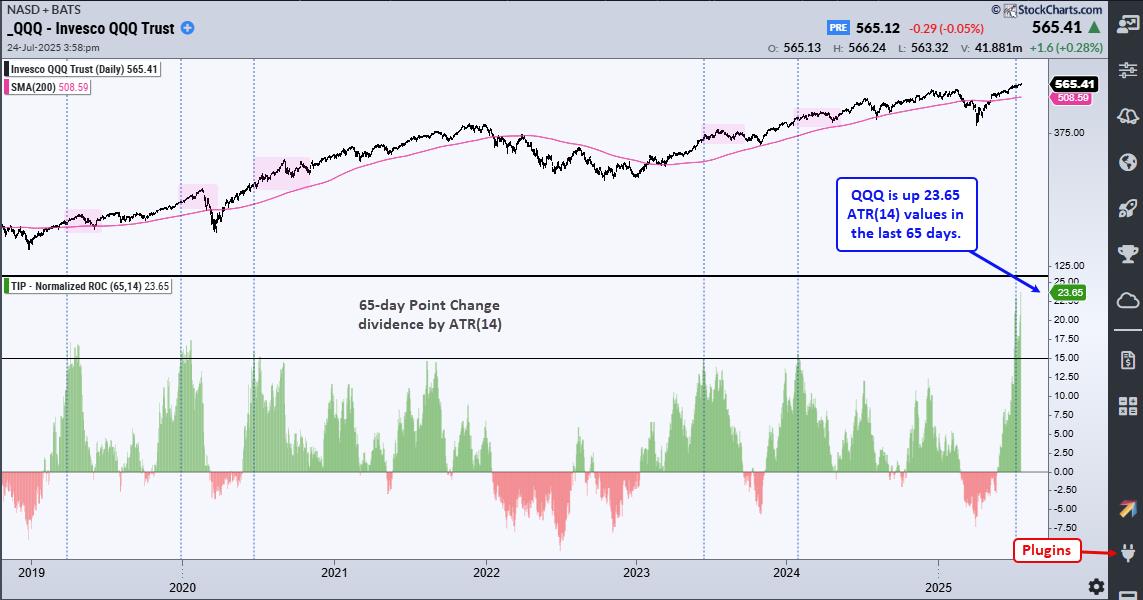Disney Stock: A “Small World” Worth Buying?

Photo by Stas Knop
Disney reported Q1 FY23 earnings on Wednesday, February 8, 2023, after the close. The company beat earnings per share and revenue estimates, and total Disney+ subscriptions were higher than expected.
Successive peaks and dips in rapid order may be thrilling for most roller coaster enthusiasts, but, on Wall Street, not so much, especially when it comes to earnings. But that's the mix Disney (DIS) has been serving on the earnings front since November 2021—a tandem streak of misses and beats.
This fueled a volatile ride for share prices, with investors white-knuckling a -58% drop from peak to trough (March 2021 to December 2022). But share prices have had some bounceback respite leading up to Disney's Q1 FY23 earnings report (see chart below).
CHART 1: DISNEY'S STOCK PRICE POST-EARNINGS. After beating earnings estimates, Disney's stock price rose, gapping up at the open on Thursday, but pulling back and filling the gap. Relative strength with respect to the S&P 500 Consumer Discretionary Sector index ($SPCC), displayed in the top sub-chart, is trending higher. So is the accumulation/distribution line (lower sub-chart). Click on chart for the live version.Chart source: StockCharts.com. For illustrative purposes.
From a Technical Perspective
Since December 2022, Disney's stock has had a relatively steep climb, breaking above the 38.2% and 50% Fibonacci retracement levels.
Analyzing Fib retracement levels. Prior to the earnings report, the stock bounced from its December lows. If you apply Fib retracement levels from the August high to the December low, you'll see the stock was hovering slightly above the 61.8% Fib retracement level. This can be a critical "make-or-break" level—a push above it can signal a potential bullish reversal and not just a "retracement." This appears to be the case in the early hours of trading, despite the initial bearish rejection of its opening at $118.04—a runaway gap that took quite a jump from the previous day's closing price of $111.78. Price relative/relative strength. Looking at the performance of Disney's stock against the S&P 500 Consumer Discretionary Sector index ($SPCC), since the November 2022 low, the relative strength has been trending up, as indicated by the 10-day moving average overlay. Cumulative flow of money. The accumulation distribution line has also been trending higher, indicating that money is flowing into the stock. This further confirms the underlying trend in the stock's price.Before jumping into the stock, it's a good idea to get an idea of what Disney's future plans are. This can help determine if the stock is better as a short-term play or a longer-term investment.
Fundamentally Speaking
Disney's Q1 earnings report might have provided a huge relief for investors. After last quarter's earnings call, investors probably expected to see muted growth, particularly in its Disney+ segment. That's sort of what happened, but not in a way that was expected: less-than-feared losses turned out to be bullish news.
In contrast, the big winner was Disney's theme parks, products, hotels, and other experience-based offerings. This segment saw revenue growth of 21% over the last quarter.
After the earnings report, Disney shares were up over 5% after the close. This trend continued with prices slightly higher ahead of the open on Thursday with a gap up at the open. But price pulled back during the trading day. There's a strong chance the runaway gap could get filled. Keep an eye on those Fib retracement levels, which could act as support and resistance levels. There's a chance the stock could head up toward its August high, or it could pull back to the 61.8% Fib retracement level.
Does This Make Disney a Longer-Term Investment?
One earnings report doesn't necessarily make a trend. In his first earnings season since his return, CEO Bob Iger pledged "significant transformation" that would lead the company toward "sustained growth and profitability" along with expense reductions.
Some of Disney's plans for the future include the following:
Creation of three core business units. The company plans to divvy up into the following three units:
Disney Entertainment. Streaming, film, and television would fall under this umbrella. ESPN. This would be all ESPN networks, ESPN+, and international sports channels. Looks like Disney's still holding on to ESPN instead of spinning it off. Live sports could be lucrative, but how that's likely to play out in a declining cable television environment remains to be seen. Disney Parks, Experiences, and Products. Theme parks, resorts, cruise lines, and Disney's consumer products, games, and publishing businesses would fall into this business unit.Cost-cutting measures to the tune of $5.5 billion. That includes 7,000 job cuts.
Bringing back dividends by the end of 2023. This would be a big plus for investors given that Disney suspended dividends in 2020 due to Covid-19.
Future plans look promising, but one area of focus will be the highly competitive streaming business. Iger wants to focus on ‘creativity', which could mean we could see the entertainment division come up with some interesting titles.
Iger's got a lot on his plate, especially if he plans to stay there only for two years. Will he keep the roller coaster enthusiasts coming back for more, but tame the peaks and dips in Disney's stock price? Or, will this "small world" of a company find itself increasingly beset by challenges the more it expands?
Disclaimer: This blog is for educational purposes only and should not be construed as financial advice. The ideas and strategies should never be used without first assessing your own personal and financial situation, or without consulting a financial professional.




